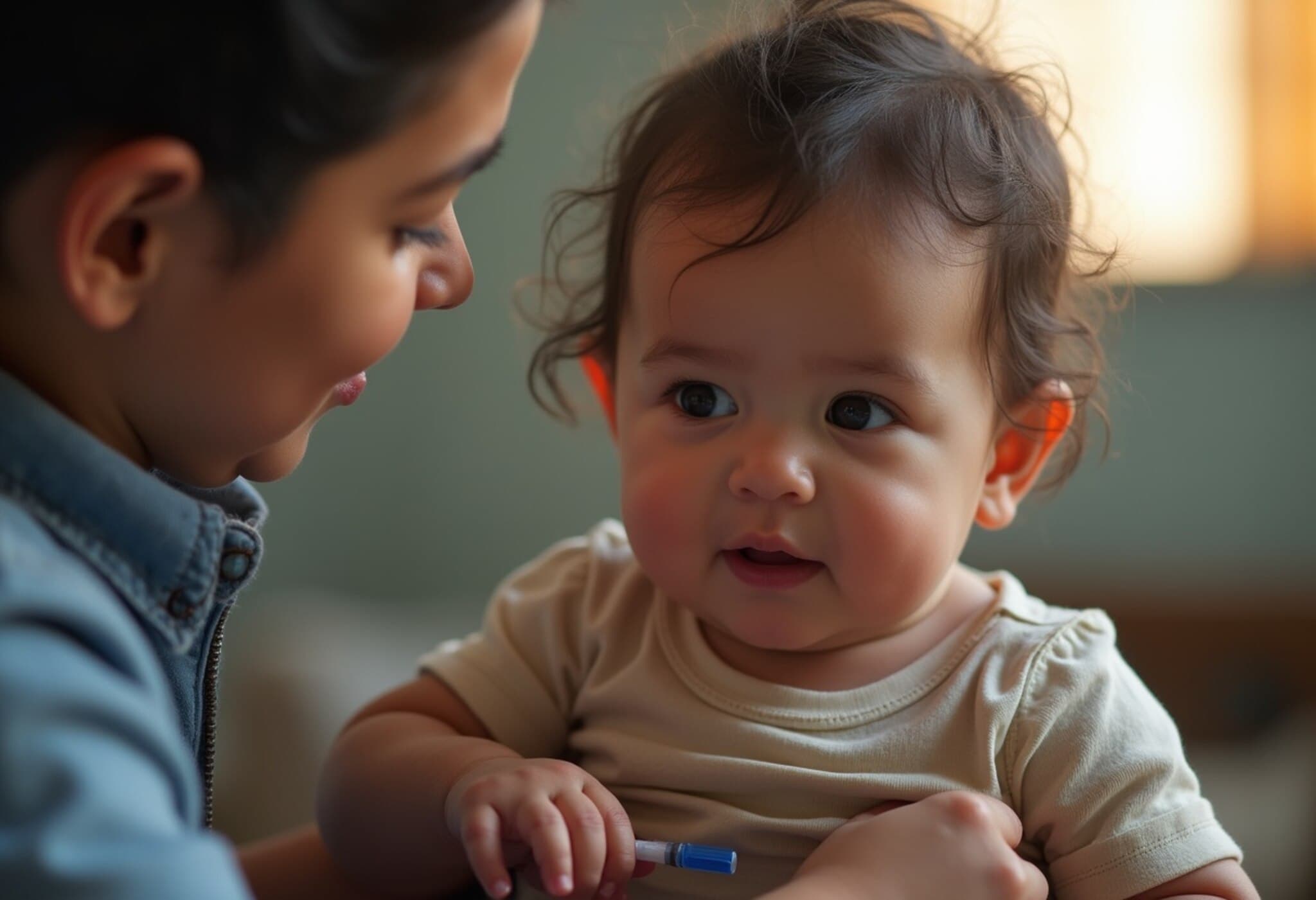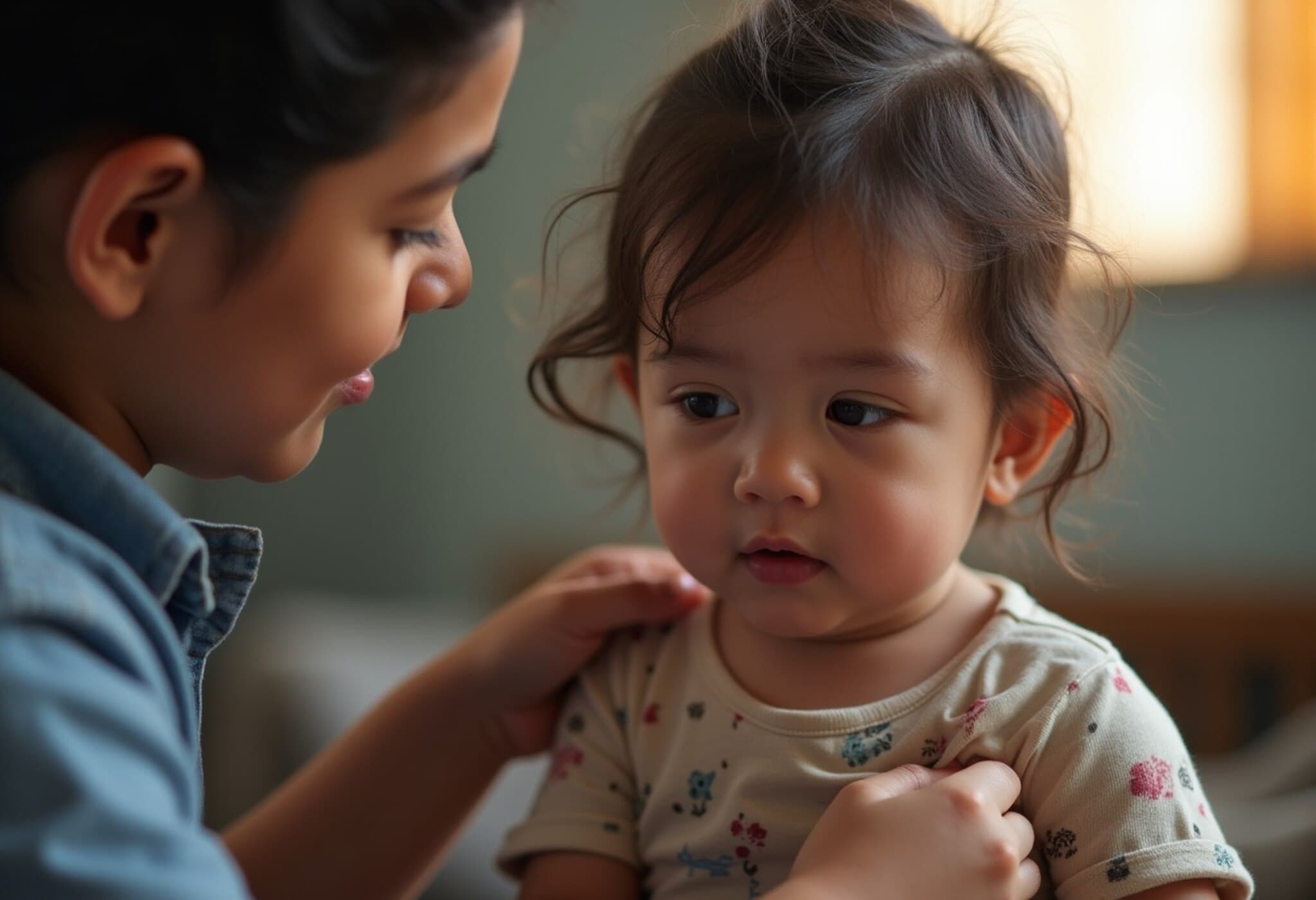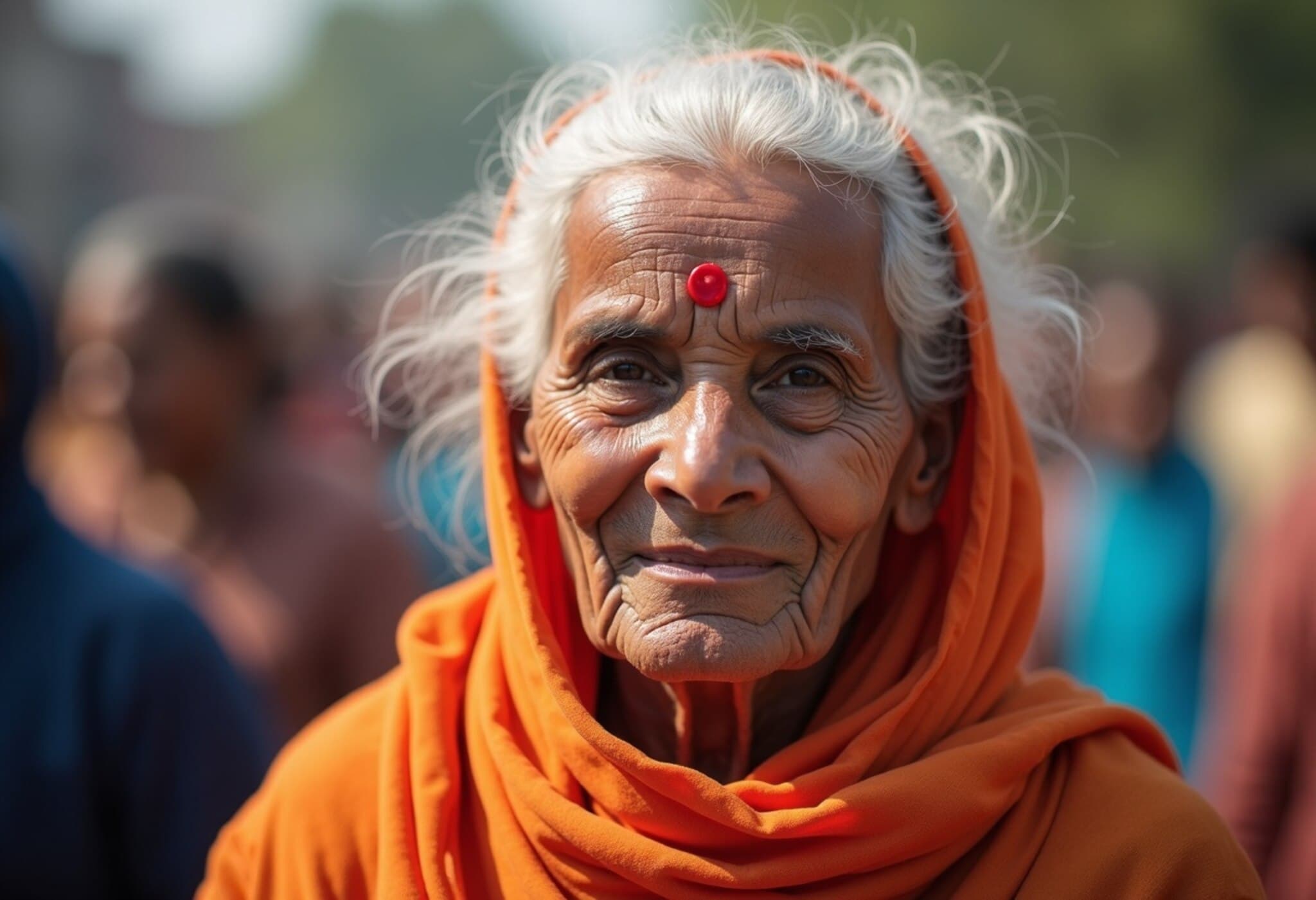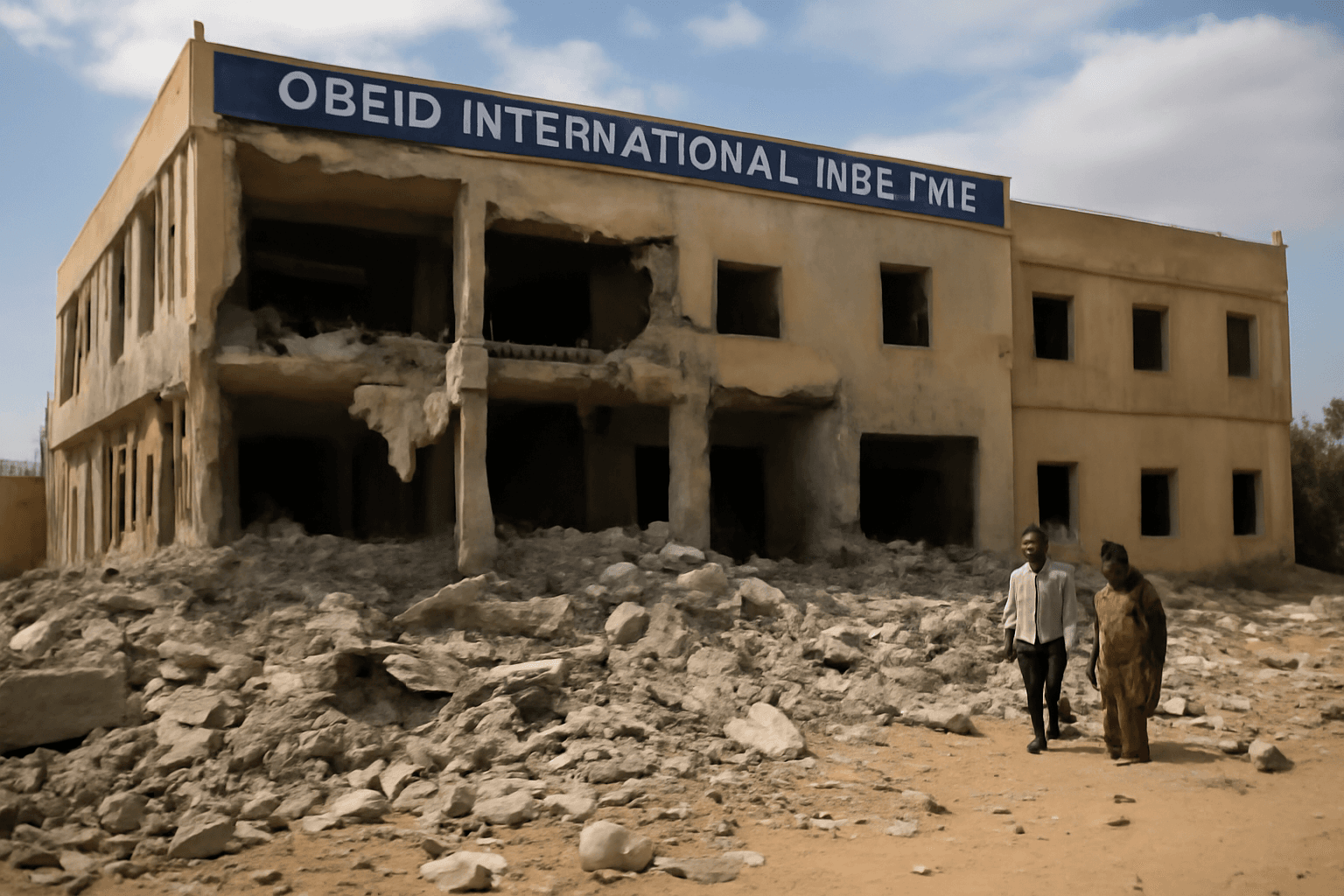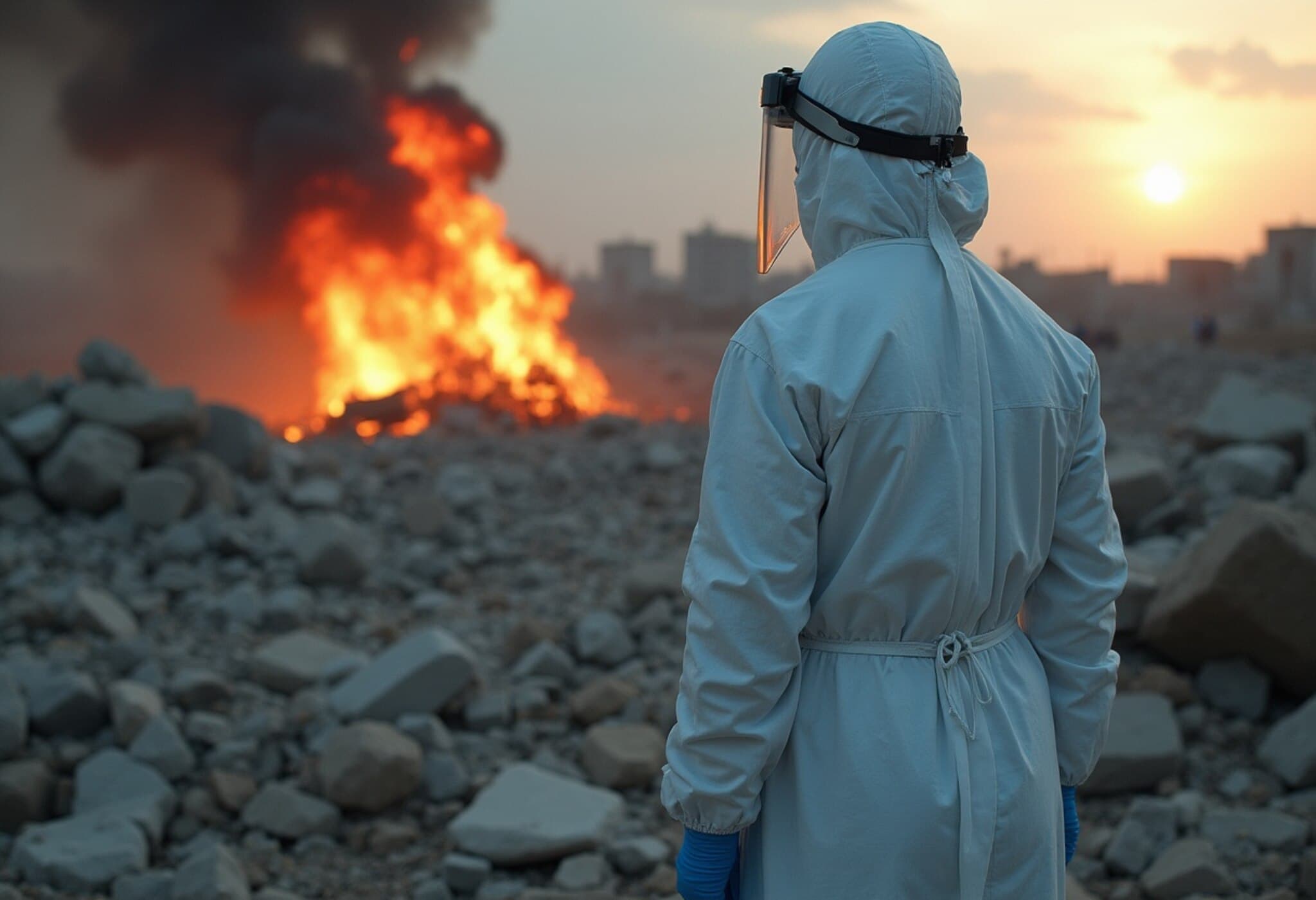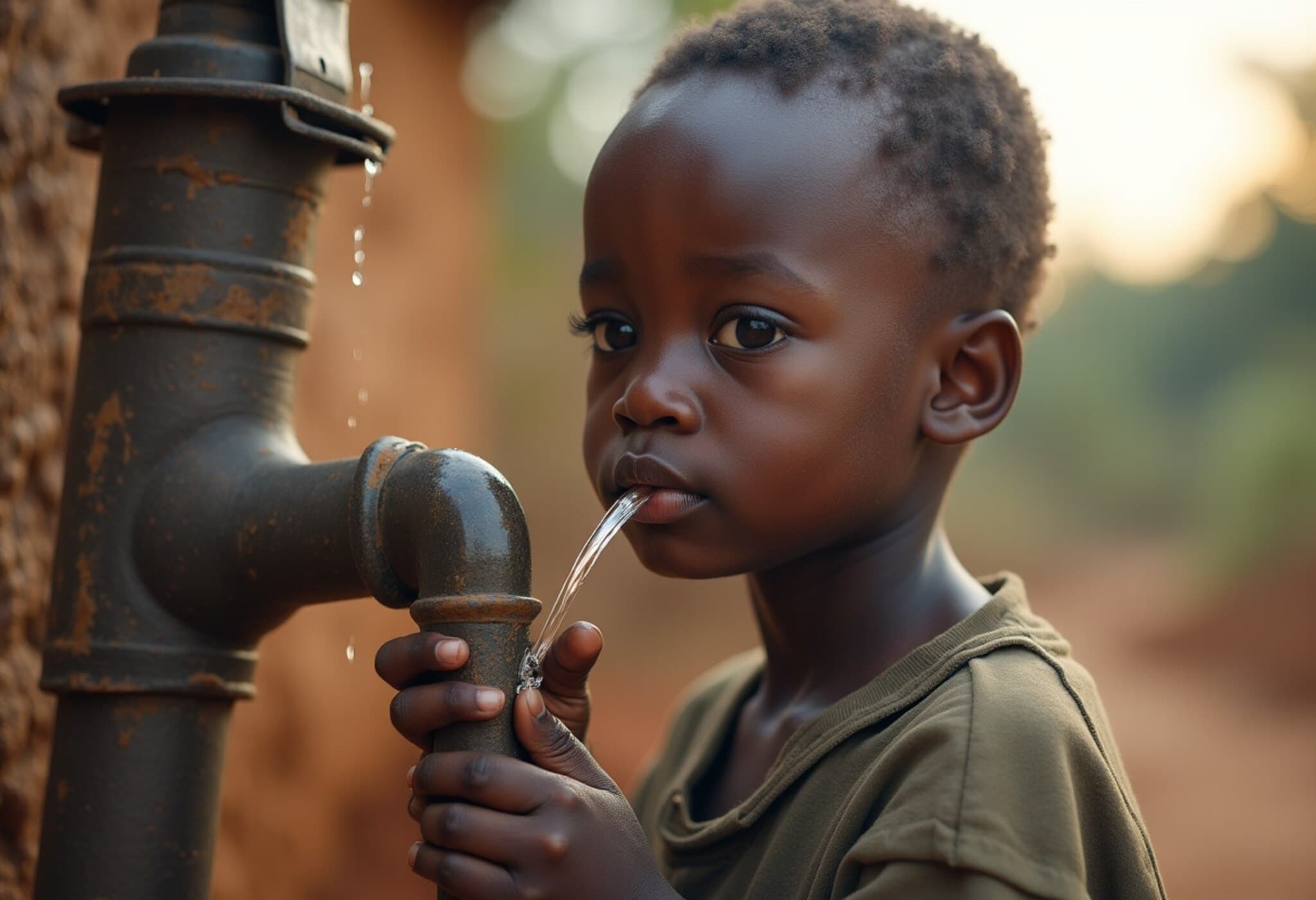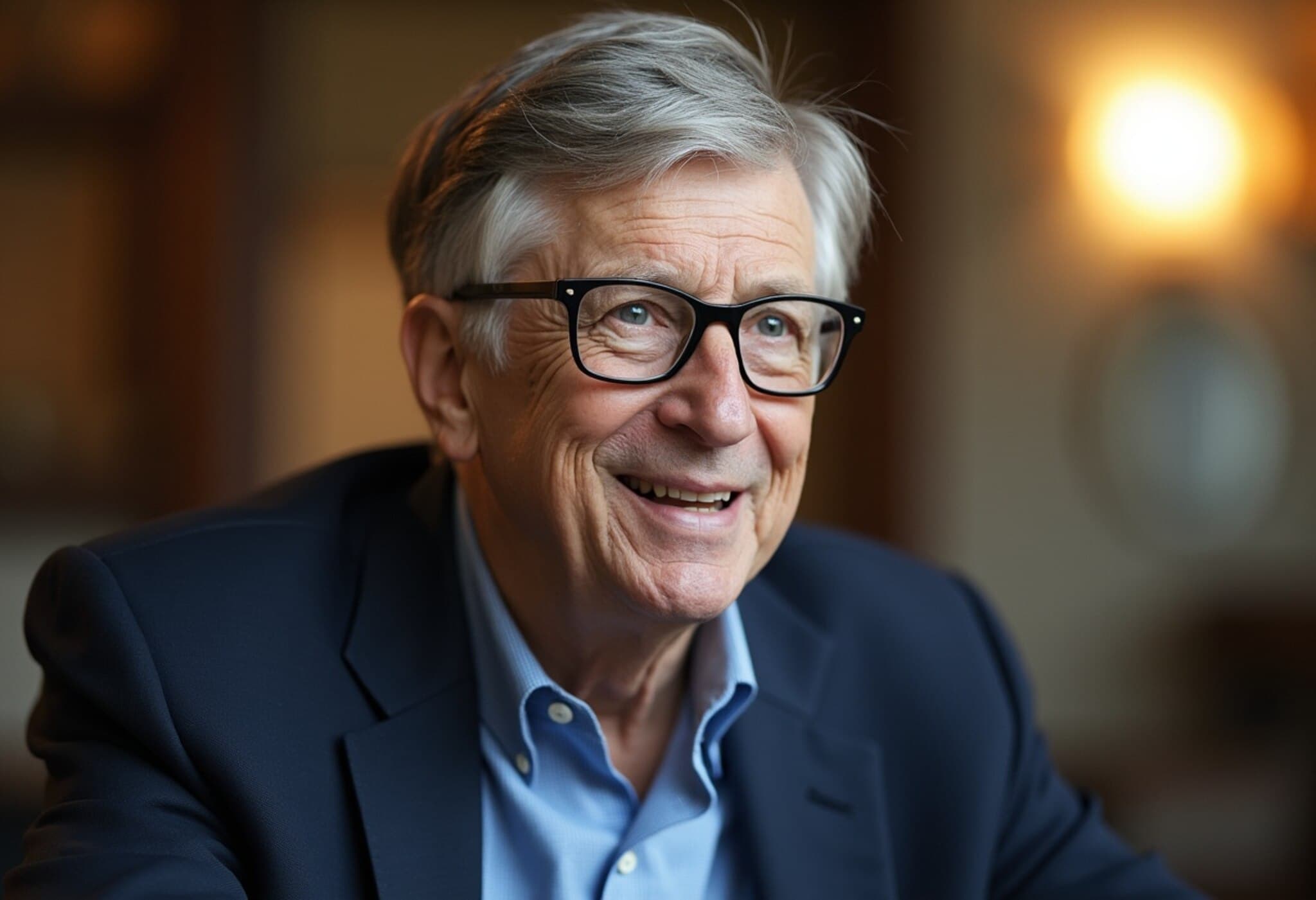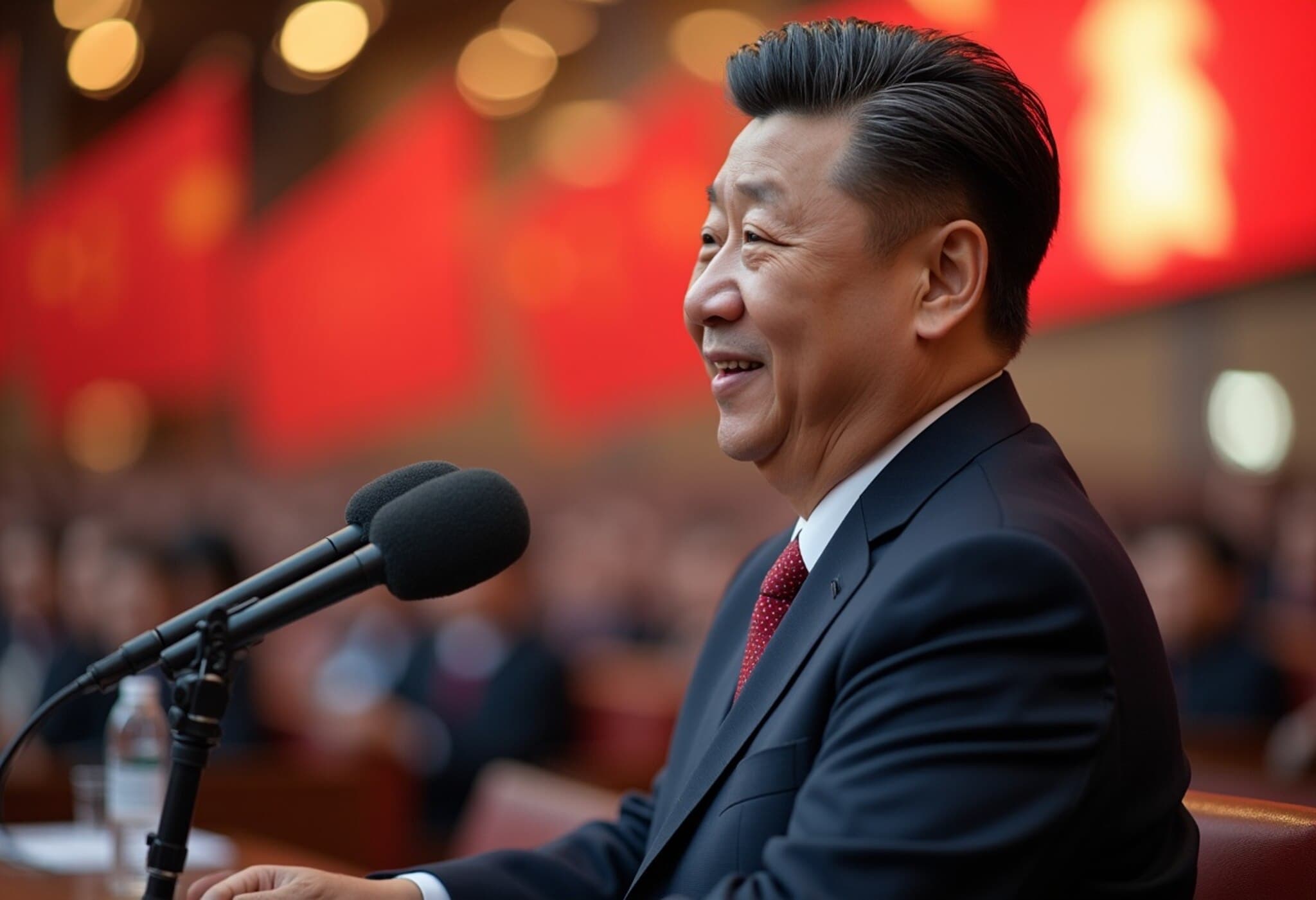Global Childhood Vaccination Sees Uptick in 2024
In a hopeful yet cautious development, recent data from the World Health Organization (WHO) and UNICEF reveals that 89% of infants worldwide—about 115 million children—received at least one dose of the diphtheria, tetanus, and pertussis (DTP) vaccine in 2024. Moreover, around 109 million infants completed the full three-dose regimen, which protects against these severe diseases, also known as whooping cough.
This represents an increase of one million children fully vaccinated compared to the previous year, signaling progress in global immunization efforts.
However, Progress Faces Alarming Obstacles
Despite gains, the world struggles to meet ambitious global vaccination goals. Nearly 20 million infants missed at least one DTP vaccine dose, including 14.3 million “zero-dose” children who have never received any vaccine. This number is notably 4 million higher than the target outlined in the Immunization Agenda 2030, aiming to halve the number of unvaccinated children in the next decade.
Kate O’Brien, WHO’s Director of Immunization, Vaccines and Biologicals, highlighted the difficulty in surpassing the so-called "stubborn glass ceiling" at press briefings: “Breaking through to protect more children against vaccine-preventable diseases is becoming more challenging.”
Conflict, Funding, and Misinformation: A Trio of Threats
The report sheds light on the hard realities behind stalled progress, especially in fragile, conflict-affected, and humanitarian crisis-hit regions. Interestingly, just 26 countries house 25% of the world’s infants, yet they account for half of the unvaccinated children globally. Alarmingly, in half of these countries, the unvaccinated child population soared from 3.6 million in 2019 to 5.4 million in 2024.
This trend illustrates how geopolitical instability and resource constraints critically undermine immunization campaigns, while rampant vaccine misinformation further complicates public health efforts.
Steps Forward with Emerging Vaccines Amid Ongoing Gaps
On a positive note, there has been progress in introducing newer vaccines. For example, 31% of eligible adolescent girls received at least one dose of the HPV vaccine in 2024—up from 17% in 2019—though it remains far from the 90% coverage target set for 2030.
Additionally, global measles vaccination coverage has improved but still lags behind the 95% threshold necessary to prevent outbreaks.
Catherine Russell, Executive Director of UNICEF, emphasized the gravity of the situation: “While we have succeeded in vaccinating more children with lifesaving vaccines, millions remain vulnerable to preventable diseases, and this is a matter of global concern.”
Why This Matters: Expert Analysis
- Public Health Impact: Vaccination remains one of the most cost-effective health interventions, saving millions of lives annually. The stagnation or regression of coverage risks undoing decades of progress.
- Socioeconomic Implications: Areas with low immunization often coincide with poverty and weak health systems, creating a cycle of vulnerability that sustains inequality and limits economic growth.
- Policy Considerations: Robust funding mechanisms, conflict-sensitive vaccine delivery strategies, and combating misinformation through community engagement are crucial to overcoming barriers.
Looking Ahead: A Call for Renewed Commitment
The 2024 data underscores a critical juncture in global immunization efforts. While vaccine coverage has made gains, the rise in zero-dose children and the uneven distribution of progress pose urgent challenges.
Addressing these issues demands global solidarity, innovative strategies tailored to fragile contexts, and vigorous campaigns to build public trust in vaccines.
Editor’s Note
As the world inches closer to the Immunization Agenda 2030 targets, this report offers both hope and caution. It reminds policymakers and health advocates that improving vaccine coverage extends beyond supply—requiring tackling conflict, misinformation, and inequity head-on. The stakes are high: children’s lives depend on our collective ability to break through barriers and ensure equitable vaccine access worldwide.

